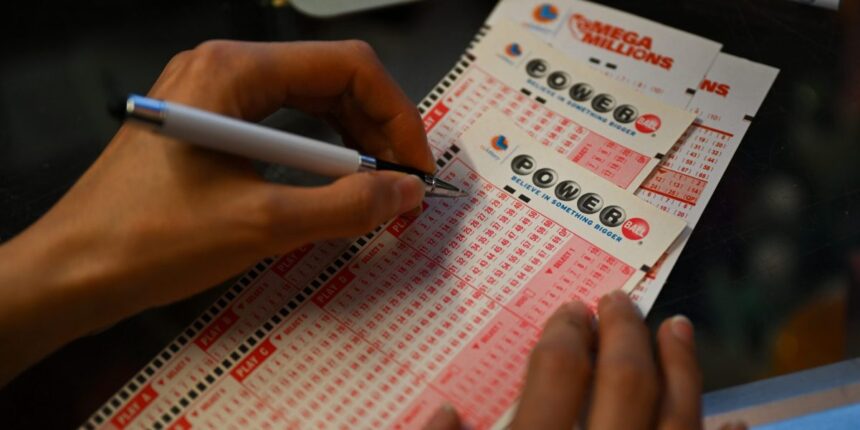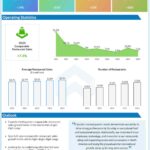
The Mega Millions lottery jackpot is approaching $1 billion ahead of Friday’s drawing, driving first-time buyers and other hopefuls to stock up on tickets.
Regeina Whitsitt, a lottery clerk for RED X Grocery Store in the Missouri city of Riverside near the border of Kansas, said she’s sold tickets to a number of new players trying to win the $910 million jackpot. Customers are buying $60 to $100 worth of tickets, Whitsitt said.
The $910 million prize is one of the largest in U.S. lottery history and follows a $1.08 billion Powerball prize won by a player July 19 in Los Angeles. California lottery officials haven’t announced a winner for that jackpot, the sixth-largest in U.S. history.
The largest U.S. jackpot was a $2.04 billion Powerball prize won in November 2022.
The current Mega Millions jackpot is shaping up to be the fifth highest in Mega Millions history, with a one-time cash prize estimated at $464 million. The last winner took home $20 million in April. Since then, there have been 28 consecutive drawings without a jackpot winner.
The highest Mega Millions jackpot, won in 2018, was more than $1.5 billion.
WHAT ARE THE CHANCES OF WINNING?
The odds of winning the Mega Millions jackpot are 1 in 302,575,350. Your odds of winning are only slightly improved by buying more than one ticket. And the odds are so long that it’s certainly not worth spending money you’ll miss for more tickets, experts warn. If buying one ticket gives you a 1 in 302,575,350 of winning the jackpot, spending $10 for five tickets improves your chances to only 5 in 303 million. The same is true is you spend $100. So you could spend a lot of money on tickets and still almost undoubtedly not hit the jackpot. Lottery officials say the average player buys two or three tickets, meaning they’re putting money down on a dream with very little chance of a jackpot payoff. For every dollar players spend on the lottery, they will lose about 35 cents on average, according to an analysis of lottery data by the Howard Center for Investigative Journalism at the University of Maryland.
WHY ARE LOTTERY JACKPOTS SO LARGE THESE DAYS?
That’s how the games have been designed. The credit for such big jackpots comes down to math — and more difficult odds. In 2015, the Powerball lottery lengthened the odds of winning from 1 in 175.2 million to 1 in 292.2 million. Mega Millions followed two years later, stretching the odds of winning the top prize from 1 in 258.9 million to 1 in 302.6 million. The largest lottery jackpots in the U.S. have come since those changes were made.
WHERE IS MEGA MILLIONS PLAYED?
Mega Millions is played in 45 states, as well as Washington, D.C. and the U.S. Virgin Islands.
HOW MUCH MONEY DOES THE LOTTERY MAKE FOR STATES?
State-run lotteries brought in roughly $95 billion in revenue in 2021, according to the U.S. Census Bureau. Of that, about $64 billion was paid out in prizes and another $3.4 billion was used to run the programs. A little under $27 billion in revenue was left for states to pad their budgets. State lotteries spend more than a half-billion dollars a year on pervasive marketing campaigns designed to persuade people to play often, spend more and overlook the long odds of winning. For every $1 spent on advertising nationwide, lotteries have made about $128 in ticket sales, according to an analysis of lottery data by the Howard Center for Investigative Journalism at the University of Maryland.








